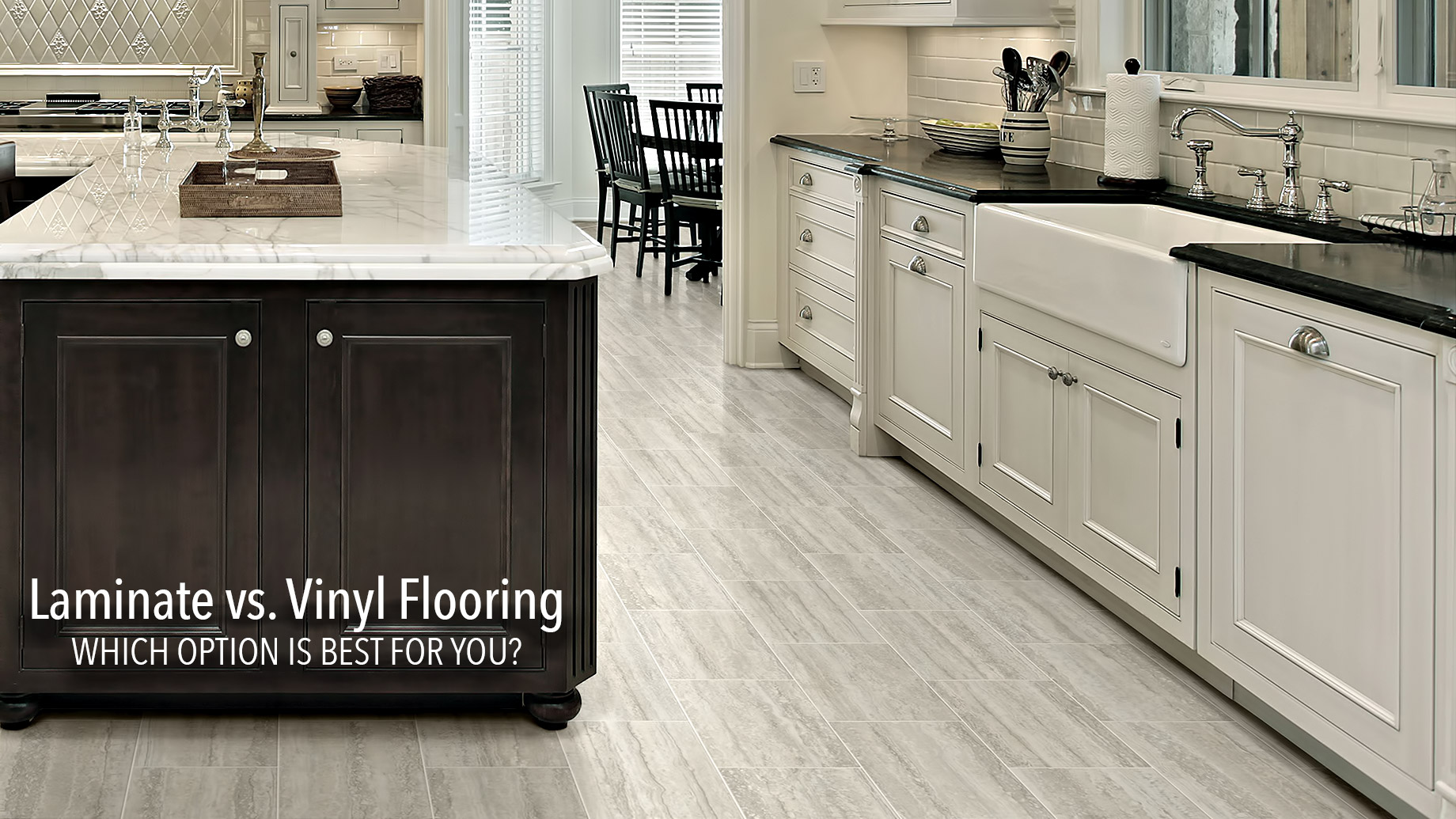

Also made of layers with a printed layer and a protective wear layer, vinyl flooring is a durable choice for any floor. Plus, a vinyl floor may come in one large vinyl sheet without seams where water can seep through. If you truly desire waterproof laminate, a few brands do offer this style of flooring at a higher cost than traditional laminate.īy contrast, vinyl floors consist of polymer materials that can withstand water. As a result, long periods of exposure to water can damage some types of laminate floors. Made from synthetic material, laminate flooring consists of an inner core with a decorative image on top, covered by a protective overlay.Īlthough laminate flooring is water-resistant, not all variants are 100 percent waterproof. Since then, laminate has been a top choice for homeowners who love the look of hardwood floors but don't want to spend significant money on flooring. Although the joints between boards will likely seal out moisture, it’s best not to use too much water when mopping to prevent seepage into the walls and subfloor.As the first manufactured alternative to a wood floor, laminate flooring first gained popularity during the 1970s. As mentioned earlier, Vinyl Plank can withstand much exposure to water but that doesn’t mean the subfloor below can. When it comes to maintenance, both should be dry-mopped regularly to keep them clean. TORLYS floating floors are especially simple to repair: using a ‘Bulldog’ tool, the installer can isolate a board, remove and replace it without disturbing the rest of the floor. The level of ease however, depends on the manufacturer. Similarly, both Vinyl Plank and Laminate are relatively simple to repair and maintain.

In both cases though, installation is relatively simple and convenient and will not create the mess of hardwood or tile installations. Adhering it to the subfloor makes it a bit more resistant to wear over time. Vinyl Plank however, comes in a glue-down format as an LVT (Luxury Vinyl Tile).
LAMINATE VS VINYL FLOORING INSTALL
Laminate however is one of the hardest floor coverings, and because of its composite, wood-based structure, it sometimes surpasses the hardness of even hardwood.īoth Laminate and Vinyl Plank come as floating floor systems, which are convenient to install and make for a quicker and less messy process. This is perhaps Vinyl Plank’s best attribute and makes it an excellent choice for rooms that see high exposure to moisture, (bathrooms, kitchens, spa rooms etc.) On the flipside, Vinyl Plank isn’t quite as hard as Laminate, which makes it more susceptible to wear from foot traffic. Unlike most other types of floor coverings, Vinyl plank will not warp or deteriorate when exposed to water and high humidity. While both will last decades when properly installed and maintained Vinyl Plank will stand up to moisture better and Laminate will better stand up to foot traffic. This largely determines their performance when it comes to durability. Vinyl Plank has the physical properties of ‘Vinyl’ and Laminate has many properties of hardwood. Laminate however is made of wood byproducts and is multilayered. It is generally two layers, the image on top and then the backing layer. Vinyl plank is made of ‘Vinyl,’ an umbrella term for a variety of different plastics (often PVC). For example, the difference between ‘registered’ and unregistered products: on a higher end product, the surface will be embossed to register the specific pattern depicted on that board,whereas on a lower end product, the surface will be embossed with one of several generic patterns used on all boards.įor all their aesthetic similarities, Vinyl Plank and Laminate are made of fundamentally different materials and have constructions unique to each. Higher end Vinyl Planks more accurately emulate than lower end Vinyl Planks. What really makes the difference here is the price point, not whether the product is Laminate or Vinyl Plank. That being said, not all products harness this potential to the same degree. More and more, manufacturers are able to recreate the intricacies that make natural materials like wood, stone and tile so desirable: soft and hard grain variations in hardwood, striations and streaks in stone and the earthiness of clay. Today’s dying and embossing technologies inscribe the material with the texture of a natural material as well as its colour and its patterns, (specifically, LVP stands for ‘Luxury Vinyl Plank’ and it emulates hardwood, and LVT stands for ‘Luxury Vinyl Tile’ and it emulates stone and tile). Both Laminate and Vinyl Plank can convincingly represent the material they seek to emulate.


 0 kommentar(er)
0 kommentar(er)
